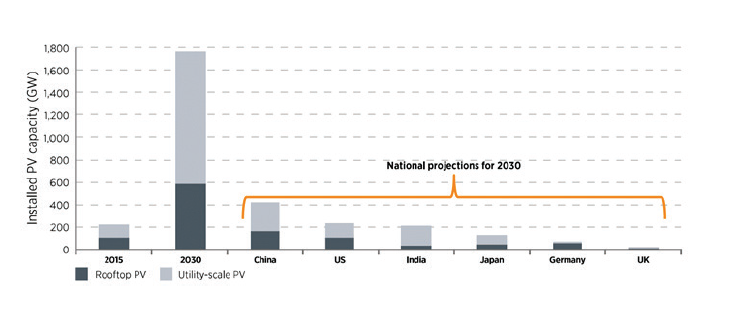Abstract
Beyond general waste regulations, various approaches have been developed to manage end-of-life PV panel waste and create value from them.
In this series of articles, the value creation opportunities from end-of-life photovoltaic panels are summarized at every stage of the value chain, especially in the final stages of their lifecycle. This article discusses opportunities related to material reduction, repair and reuse options, and finally, thoughts on the recycling and processing of PV panel waste.
Dismantling and Recycling of Photovoltaic (PV) Panels
The dismantling and processing of photovoltaic (PV) panels have significant implications for the future waste management, depending on the types and sizes of installed PV systems. Particularly, the proliferation of small rooftop PV systems can incur substantial costs for the removal, collection, and transportation of old PV panels. On the contrary, waste management for large-scale public PV applications is logistically simpler.
The collection of PV panels can be categorized into two different scenarios based on their size and geographical location:
•
Public-scale systems (> 100 kilowatts - kW): These are typically ground-mounted and undergo regular maintenance and monitoring. Panels may be mounted on aluminum or steel racks with concrete bases. The electrical system relies on string or central inverters
with a grid connection. In some cases, there may even be an energy storage system, which can be based on technologies such as lithium-ion batteries or lead-acid batteries.
For large facilities, competition among dismantling actors results in high cost efficiency. Dismantling, packing, transport, and recycling can be easily contracted for specific system components or the entire system. Dismantling and pick-up services for transport to recycling facilities are usually defined during contractor bidding processes and supervised and executed by skilled workers. The tendering processes may encompass the complete dismantling of the facility or parts of it, depending on the intended post-use of the area. In such cases, relatively high-quality standards are assumed to be applied. The components of the PV plant are stored separately, including panels, cables, electronics (inverters, charge controllers, transformers, monitoring electronics, etc.), metals (aluminum, steel), typical building and construction demolition waste, and so on. The quantities of these different wastes are relatively high and can be collected separately at a reasonable cost for transport to specialized recyclers or landfill sites, depending on local regulations. Some components, typically batteries or power transformers, may be considered hazardous or toxic waste depending on local regulations.
• Dismantling costs for smaller installations (5-100 kW): The dismantling costs for these installations vary depending on the type of PV system(ground-based, building-integrated, rooftop, etc.) and its location. Dismantling small PV installations may require skilled workers such as roofers and electricians.
Single panels, small home single-panel systems (< 500 W), or other small systems (< 5 kW) might be returned through bring-in or pick-up services. In these cases, logistics costs can dominate the overall costs of the takeback and recycling systems. The different types of waste are sent to recyclers or landfill sites based on local regulations and the presence of specialized waste treatment companies.
IRENA’s REmap study predicts substantial rooftop deployment with system sizes ranging from a few kilowatts to the megawatt range, reaching 580 GW by 2030. However, larger utility-scale (mostly ground-mounted) applications will account for a larger share of the total installed capacity, reaching 1,180 GW (see Figure 1).
[caption id="attachment_157469" align="aligncenter" width="747"]

Figure 1. Estimated Rooftop and Utility-Scale PV Development in
2030 Compared to 2015[/caption]
In our next article, we will continue with the topic of the disposal and processing (recycling) of PV panels. Wishing you good health...
Asst. Prof. Dr. Cemil Koyunoğlu
Energy Systems Engineering Department
Faculty of Engineering
Yalova University

 Figure 1. Estimated Rooftop and Utility-Scale PV Development in
Figure 1. Estimated Rooftop and Utility-Scale PV Development in